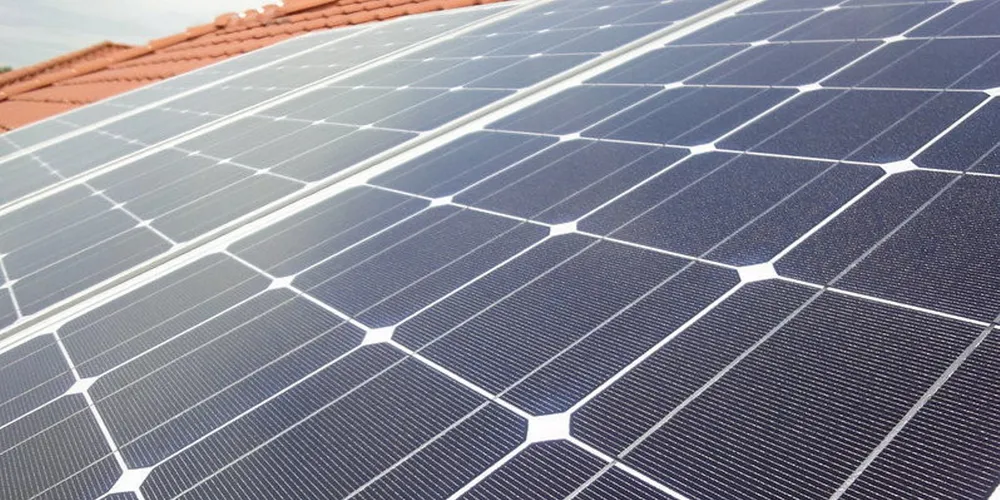Renewables to oust fossils by 2050 as emerging markets on-ramp for transition
Solar and wind could power planet '100 times over' as technologies hone economics and climate emergency transforms government policy globally, says Carbon Tracker report

Solar and wind could power planet '100 times over' as technologies hone economics and climate emergency transforms government policy globally, says Carbon Tracker report
